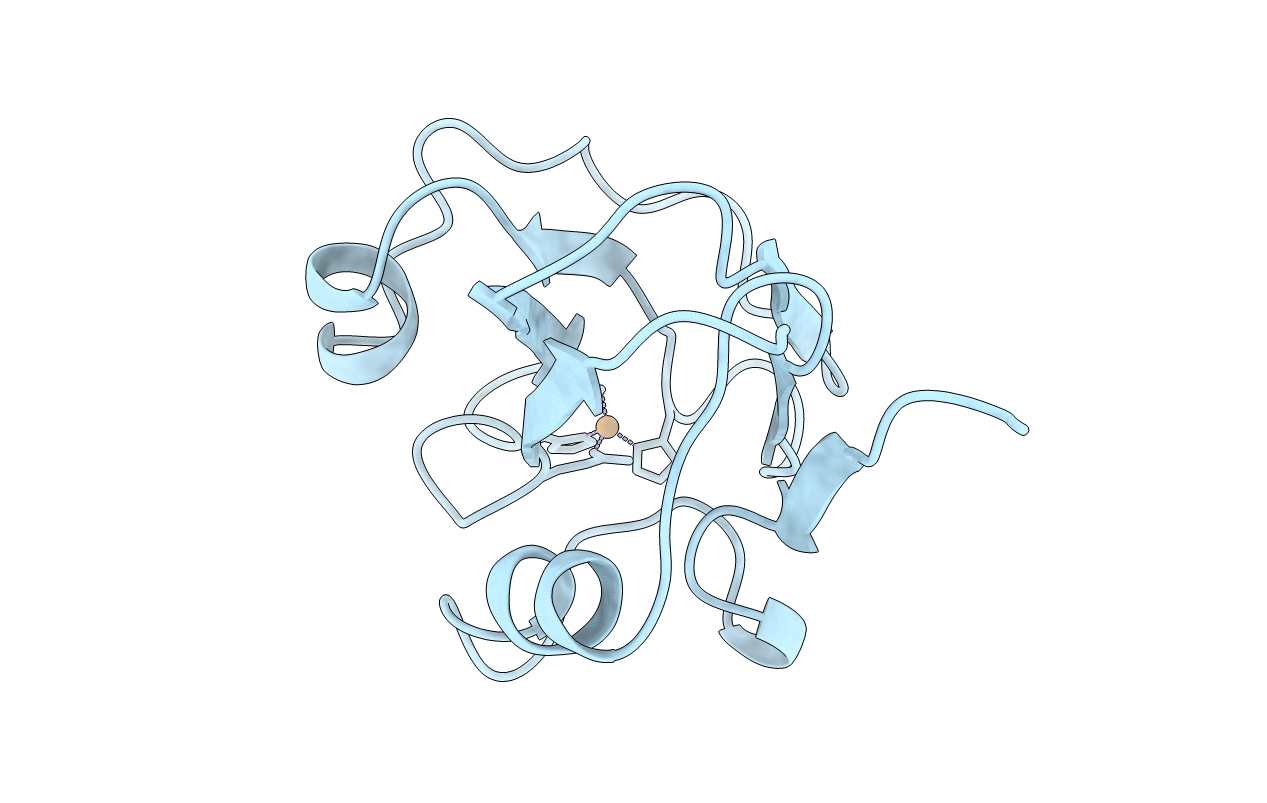
Deposition Date
1996-08-21
Release Date
1997-02-12
Last Version Date
2024-10-30
Method Details:
Experimental Method:
Resolution:
1.60 Å
R-Value Free:
0.23
R-Value Observed:
0.19
Space Group:
P 31 2 1


